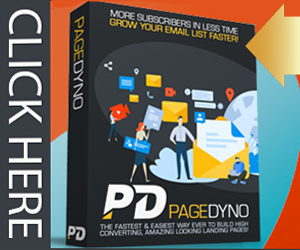Forrester on Mastering Answer Engine Optimization
Answer Engine Optimization focuses on structuring content so AI-powered search systems can deliver direct, concise, and authoritative responses. In 2026, brands win visibility by providing clear, factual, and context-rich answers that match real user intent across conversational platforms.
Forrester contributor Nikhil Lai has published an article explaining how to master Answer Engine Optimization.
He says, “Before ChatGPT forced Google to fully commit to zero-click search, search engine optimization (SEO) was devoid of hype. It was in the weeds of log files, sitemaps, and schema — about as far as a marketing channel can get from brand and digital marketing. Marketers spent hundreds of millions of dollars a year on paid search but just a couple million on SEO, where the immediate impact on sales was notoriously hard to prove.
Now the tables have turned. Paid search is commodified by predictive and generative AI, dissolving paid search management vendors like Marin Software and inducing agencies born in paid search, such as Tinuiti and Wpromote, to become full-funnel, omnichannel service providers. Meanwhile, the market for answer engine optimization (AEO) is flush with venture capital and brimming with buzzwords.
AEO Demands New Content, Technical, And Measurement Best Practices
AEO — also known as generative engine optimization, AI optimization, and large language model optimization — is fundamentally like SEO. Both are defined and confined by Google’s experience, expertise, authoritativeness, and trustworthiness (E-E-A-T) framework and Googlebot’s behavior.”
© 2006-2015 Internet Marketing NewsWatch – IMNewswatch.com
Comments are closed.




